Richie Barathy, in the photo above was a practitioner of American Combat Karate. He had a background in Taekwondo and later found himself in the rough and tumble dojo of Nisei Karate founder, Frank Ruiz. This school was populated with the likes of Louis Delgado, Herbie Thompson, Owen Watson and others. Richie paid rent by bouncing in NY in the 1970’s and by later teaching his brand of karate. He was blind in one eye due to an injury and had incurred Lupus early in life. Doctors told him he wouldn’t be physically active and he defied them by training rigorously.
He, at one point, met Howard Tague, A practitioner of Japanese jiu jitsu and other arts. He was also a hypnotherapist and devout weight trainer. [Realize, back in the day, weight training was less common in martial arts.] Sensei Tague sparred the battle hardened Barathy using such subtle technique and control that it baffled Richie. He was overcome with a thousand questions and his fertile mind was lit on fire.
From Tague, Richie grasped his use of primarily cables to train muscles into strengthening in isolated components so there were no weak links. Richie ran with the idea and developed, “Mind-Body Weight Training”. He later extensively trained, Mark Gastineau, Freeman McNeil and boxer, Gerry Cooney. Gastineau’s book, “The Body You Want”, crystallized the methodology of Richie Barathy. Below is the extensive, abdominal routine that Barathy taught his clients.
1. Weighted Roman Chair Crunch – Please note it is not a sit up, but a crunch for the upper abdominal area/movement. A dumbbell is rested on upper chest for this one. Constant tension and small crunching motions. Barathy used a 60 lb dumbbell for 3 sets of 12 to 15 reps. The Roman Chair is not common these days, but was a tool popularized by Zabo Koszewski.
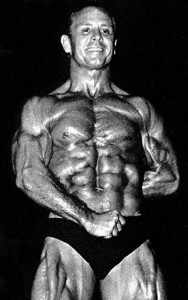
2. Cable Side Bend – This drill is in my dvd, Concrete Conflict. It is simply a side bend using a cable anchored several feet from you. This makes the force lateral, rather than vertical. Once again the idea is to use enough weight to stimulate the muscle and strengthen it without momentum or assistance other than stabilization. Three sets of 12 to 15 slow reps.
3. Cable Knee Pull – Richie had clients rest flat on a bench for this one. I’ve had good results from doing it on the floor with my hands propping my hips to eliminate low back aggravation. The cable is safely attached to the ankles and the knees are pulled to the chest in a smooth fashion. This movement, from running back, Freeman McNeil’s comments, helped running and cutting during NFL games. 3 sets of 12 to 15. 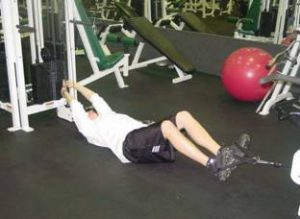
4. Incline Leg Raise – There is a twist to this drill that makes it more control oriented than ‘burn’ oriented. On an incline bench, use the appropriate torso stiffness to maintain a neutral position with the lumbar region. The legs may be slightly unlocked. Raise them to the highest level of your personal range of motion. At the top of the motion, ABduct the legs to slowly form the widest, straddle, position. Now, while still ABducted, externally rotate the thigh so the toes point OUT. Reverse the action by internally rotating the thigh, ADducting the thighs [bringing them together] and lowering the legs, but not letting them rest. This is one rep. Build up to 3 sets of 12 to 15 over weeks and months.
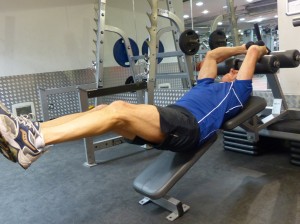
5. Cable Rotation – This is a movement that is unique. It is low force, slow and subtle. You must kneel on the ground, sitting back on your heels. Position yourself ninety degrees from the weight stack. If the weight stack is on your left, grab a single handle with your right arm and lock it straight as if you were firing a gun. Keep your shoulders square. Do not move the hips, this is a waist only movement, done slowly to build rotational strength and minimize shearing and momentum on the spine. The opposite or left hand, should grasp the wrist of the right arm to support it. Start in a mildly stretched position and slowly rotate counterclockwise for 12 to 15 reps. If you lose form or speed up, drop the weight and do it lighter. Repeat on the opposite side for one set. Three sets per side should suffice.
6. Hyperextension – A proper hyperextension means folding at the hips and NOT lumbar which has a limited range of motion and might spell trouble for those who are flexion sensitive. You can add weight slowly as you mature in the movement. Remember this is NOT pure strength. We are learning movement and finding weak spots or “air gaps” in muscle structure. The same set/rep scheme of three sets of 12 to 15 are done.
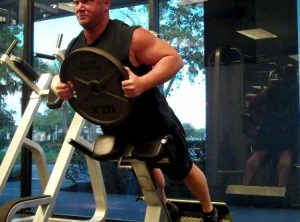
This abdominal routine is extensive because Richie felt that movement started and finished in the core. This is NOT the peer reviewed and highly conservative methodology of Dr. Stu McGill, but this was the 70’s and I think Sensei Barathy was WAY ahead of his time. The weights are low and not explosive, but the volume, variety and intensity are high. There are simple ways to stabilize the abdominals and then there are others. In the photo below is the cover of Mark Gastineau’s book. You can see at 260 lbs, he had unusually developed abdominals for such a large man. His sack record [we can avoid other aspects of his life for now] was quite impressive.
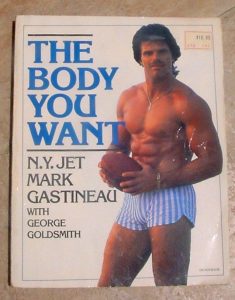
This abdominal routine is just part of the total, Mind-Body Weight Training System. Each body part has unique exercises that go with it. There is an overall theme to it. I’m NOT saying it is 100% correct or the only way to train, I’m simply presenting this article from the past since a lot of “free thinking” gets bashed before it can develop and flesh out a methodology.
As for Richie, he passed away in October 21 st, 1996. I had the honor of meeting him. His crew of martial artist and bouncers had driven in from New York to Fort Lauderdale for vacation in 1979. They looked like a bunch of guys you really didn’t want to argue with but they were total gentlemen and full of class,.. like their instructor. I miss guys like him. “Has anybody seen Richie?”


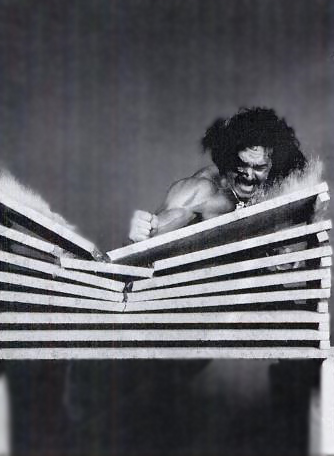




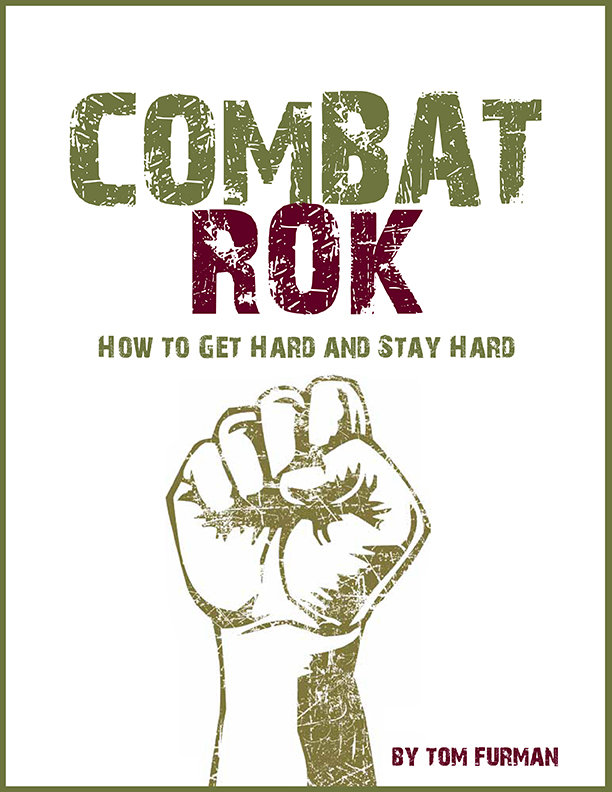
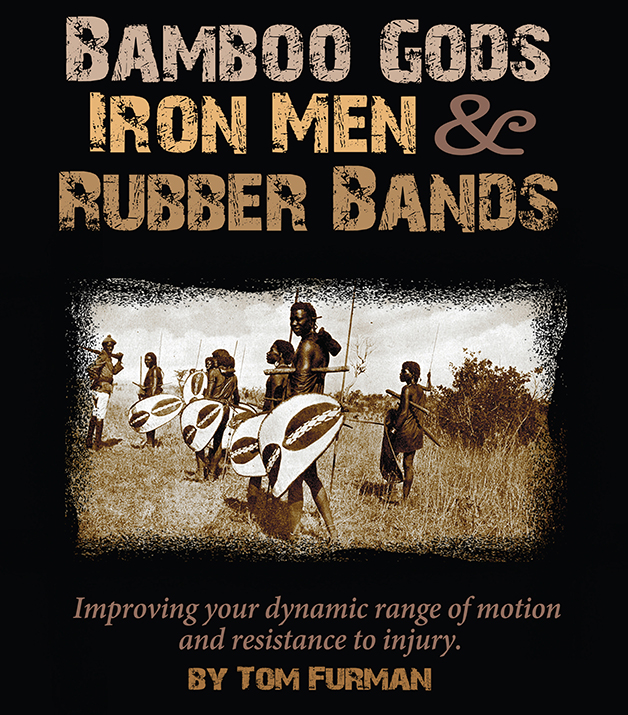
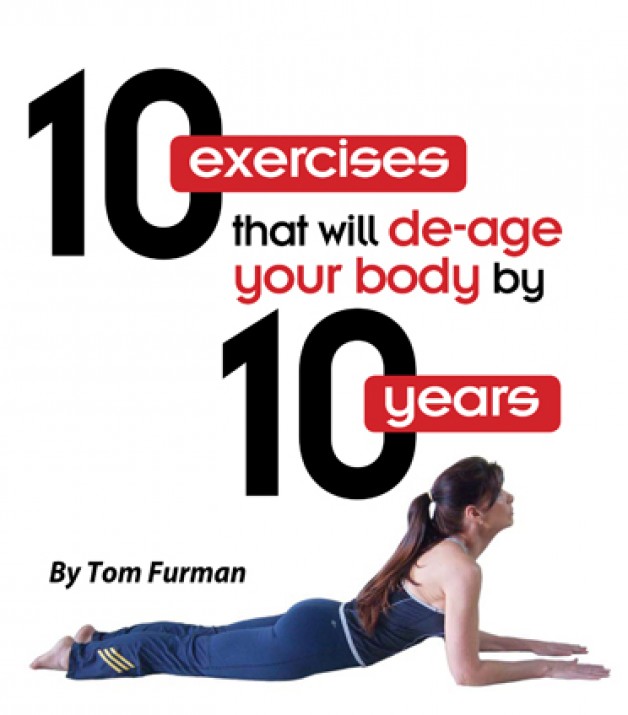





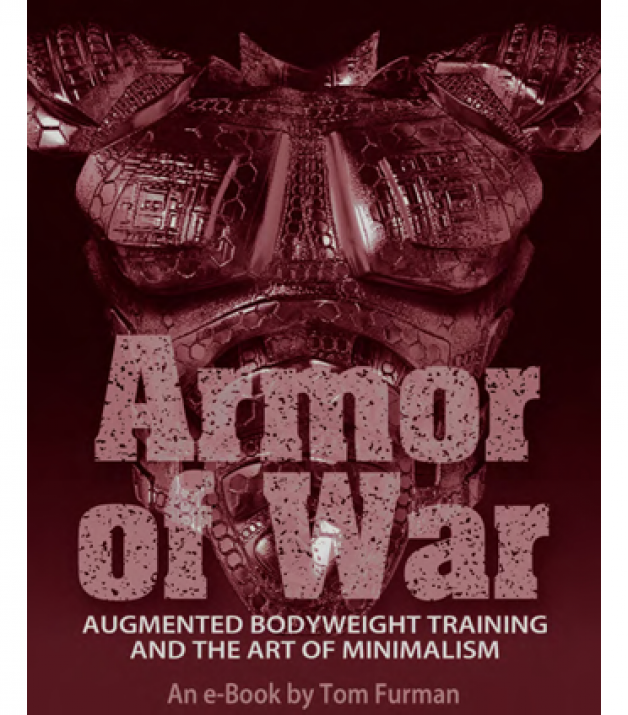

Trackbacks/Pingbacks